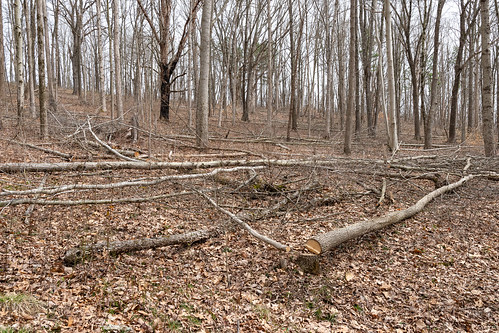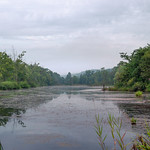RESEARCH & INDENTIFICATION OF EARLY OCCUPANCY OF SOUTHERN OH
STEWART, OH

The research and identification of early occupancy of Southern Ohio, Stewart Ohio dates back to the 1700s. In 1751, the first known settler was David Stewart, a Scotsman who migrated from the north. The Stewart family originally settled in the area of present-day Stewart, Ohio. By the 1800s, the area had become a bustling farming community.
The early settlers of Stewart, Ohio were mostly of German descent, although there were a few families of Scottish and Irish descent. Many of the German settlers were farmers, and the early settlers grew a variety of crops including wheat, corn, oats, hay, and potatoes. Cattle were also raised in the area, and some of the early settlers were also involved in the fur trade.
In the early 1800s, Stewart, Ohio became an important hub for the steamboat and canal trade. The town was the site of a major river port, with numerous steamboats and barges navigating the Ohio River. The river port was also a major supplier of coal and timber to other parts of the state.
The population of Stewart, Ohio increased rapidly during the 1800s, and the town soon became a bustling center of commerce. Today, the town is a small but vibrant community, with a population of fewer than 700 people. The town is still home to a variety of businesses, including a grocery store, a post office, and a bank. The town also boasts several historical sites, including the historic Stewart Homestead and the Stewart-McKinley Historical Museum.
RESEARCH & INDENTIFICATION OF EARLY OCCUPANCY OF SOUTHERN OH is a Historical Societies, Historic Preservation in STEWART OH. US MID #8403901418
The museum is classed as HSC (Historical Societies, Historic Preservation). It comes under American Alliance of Museums (AAM) region: Midwest (Iowa, Illinois, Indiana, Michigan, Minnesota, Missouri, Ohio, Wisconsin).
Contact RESEARCH & INDENTIFICATION OF EARLY OCCUPANCY OF SOUTHERN OH
RESEARCH & INDENTIFICATION OF EARLY OCCUPANCY OF SOUTHERN OH
PO BOX 179
STEWART
OH
45778-0179
Disclaimer: please note this database is maintained by volunteers and whilst we endeavour to do our best, we cannot guarantee the accuracy of the listing.
If you notice any errors or omissions in the listing, please let us know in the comments section below.
Find more STEWART OH Museums
What 3 Words
///passions.flattered.harness. Near Athens, Ohio
Nearby Museums
Map of RESEARCH & INDENTIFICATION OF EARLY OCCUPANCY OF SOUTHERN OH
RESEARCH & INDENTIFICATION OF EARLY OCCUPANCY OF SOUTHERN OH Information
| MID # | 8403901418 |
| Name | RESEARCH & INDENTIFICATION OF EARLY OCCUPANCY OF SOUTHERN OH |
| Alternate Name | |
| Classification | Historical Societies, Historic Preservation, , Midwest |
| Federal Employer Identification Number (EIN) | 870734676 |
| NTEECC | A80 |
| Tax period of the latest return filed (YYYYMM) | 201312 |
| INCOME | 0 |
| REVENUE | 0 |
| LAT/LONG | 39.327809, -81.905066 |
| CODES | FIPS State Code: 39 FIPS County Code: 009 US Census Tract: 973500 US Census Block: 2045 |











